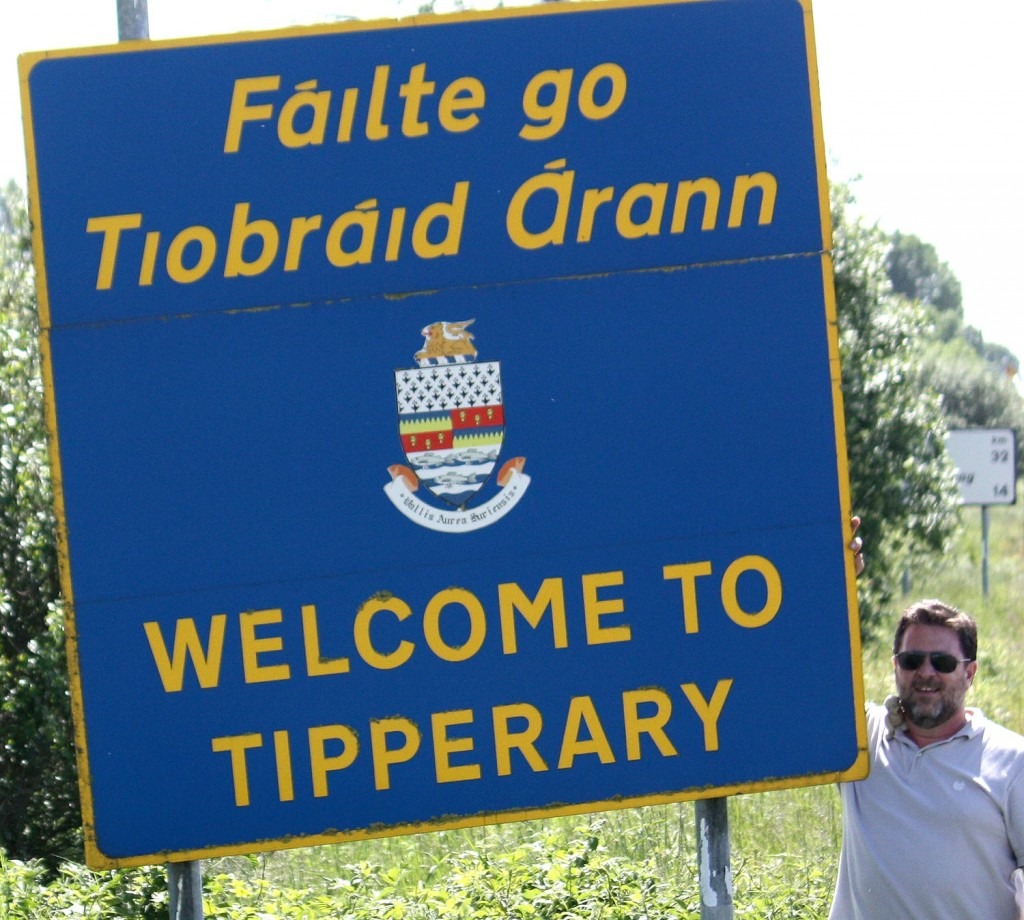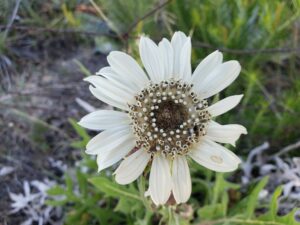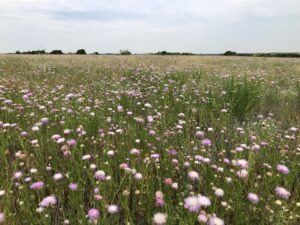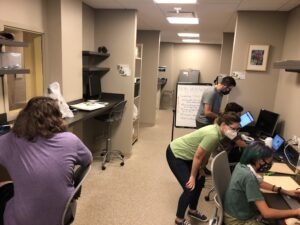
Traveling to do field research is similar in some ways to our other experiences of travel, but in some ways peculiar.
Field researchers are fond of checklists. When traveling, I keep checklists of:
- things to take care of in advance (e.g., passport, visas, permits, rental vehicle arrangements, and especially appointments with people)
- supplies to bring (e.g., plant press, knife, cameras, recorders, computers, backup drives, first aid, power adapters)
- personal stuff (e.g., medicines, toiletries, appropriate clothing)
- plans (overall trip plan, research design, questionnaires)
- and a list of objectives that need to be accomplished
The most important rule of field research travel was articulated by a professor from University of California, Sherwin Carlquist: “More money, less clothes.” His point was that often people bring along too much stuff and not enough capacity to get things done. It is hard to travel light while also having enough supplies and being prepared for contingency plans.
Another important rule is to practice in advance with the field supplies and technology that will be used during the trip. Too many times I have had a student or colleague come along who has shown up with their “new” camera, lacking any practice using it and having no idea what to do with the results. This is just one of many examples of “stuff” that weighs us down in the field.
Traveling by plane can be either a grind or a joy. I usually bring along an interesting book, but spend as much time as possible working on my computer before resorting to the book. Years of flying have left me with the easy ability to sleep while on planes. Seasoned travelers can often take overnight flights, saving on hotels and arriving at their destination refreshed and ready to go. It does not always work out that well, but when it does, it is a great feeling.
This particular trip to Ireland began with my checklists, followed by a good wait at the DFW airport. There seem to be two different strategies for wise time management at the airport: option one is to minimize the time invested (or wasted) by arriving at the last possible minute and racing to get onto the plane before the doors are closed, while option two is to arrive well in advance with a set of tasks to get done. I chose to spend my time at the airport getting caught up on email and spending time writing a paper that is overdue.
Valerie is accompanying me on this trip in the role of photographer, cameraman, and navigator. We have conducted ethnographic work together for many years and she is quite good at remembering to follow up with critical research questions when I am deeply worked into a conversation with an interesting person. She also gets photos and video of me doing work, thus remembering to document the process of research that many new researchers either don’t do or don’t plan to get done.
It was about a 9.5 hour flight from DFW to the London Heathrow airport. After standing in immigration queues to get into the United Kingdom, another 2 hours had passed. We quickly transferred to a short 1-hour British Airways flight to Dublin, waited in another immigration line, and then finally arrived in the Republic of Ireland. A cheap rental car was picked up and three hours later we were in our first “field site” of County Tiobraid Orann (Tipperary).
It took us merely 18 hours to get from home (Parker County, Texas) to our field site in Ireland. This is an amazing speed when compared with the months and years that it took for scientists to travel similar distances 200 years ago. For us though, it has been a very long, long way to Tipperary.
Will & Valerie McClatchey
19 June 2013





